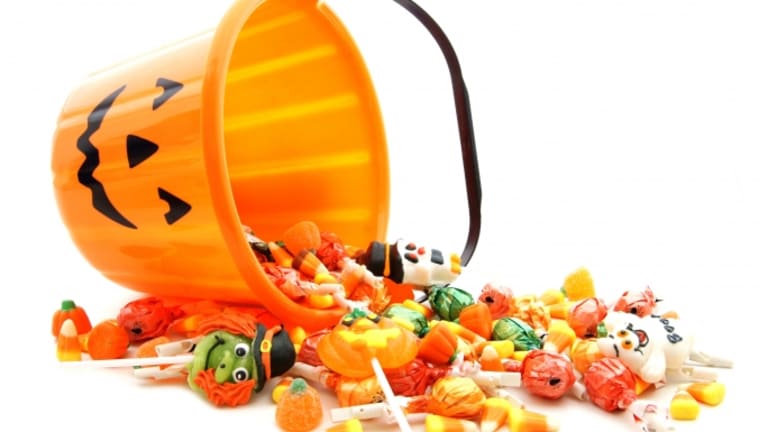You’ve planned the costume, you’ve walked the route, you’ve practiced knocking on doors… a few more thoughts to help make your family’s trick or treat evening sweet.
What will you do with all that candy? Once your loved one sees her/his bounty of sweetness, she/he may not want to part with a single piece. Create a plan and share that plan well before that candy is in your house.
Will your family spend the last minutes of Halloween counting and sorting candy? Will there be a huge candy trading event in the middle of your living room? Providing a plan for the evening can make a difference in ending the evening on a sweet note.
Create a ‘buy back’ program if you would prefer your loved ones not have free access to that much candy. Make your program work in a way in which your loved one will receive a certain number of dollars, stars, tokens, etc. when they ‘trade in’ a certain number of pieces of candy. Check with your dentist to see if they are offering a buy back program.
Create a ‘decorate a gingerbread house’ program. Decorate a box with pictures of gingerbread houses. Put candy that could be used to decorate a gingerbread house in the box. You now have everything you need to decorate your holiday gingerbread house.
Create a ‘week long candy plan’. Divide a shoe box into 7 sections. Place one or two pieces of candy in each section. Give your loved one the opportunity to choose the candy in one section every day.
Whatever your plan, share it with your loved ones well before the candy starts pouring in the house. Make it very clear where the candy will be stored and what the plan will be once it is collected. It may feel like you’re taking the fun out of the candy collection, rather you are providing the framework for a fun and enjoyable evening from start to finish!
Yours in Speech,
Lakeshore Speech Therapy, LLC.





